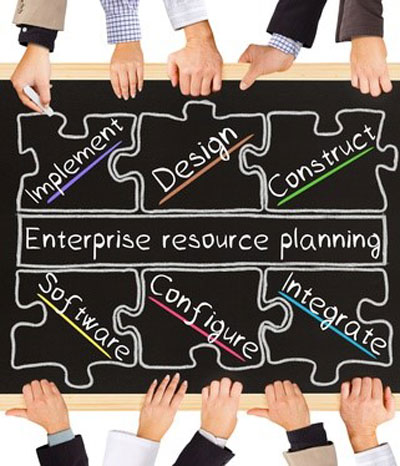
As several of my clients are building their systems infrastructure to better support their aggressive growth, it just so happens I’ve spent quite a bit of time thinking about design lately. Design will make or break your ERP success. Today’s systems have come a long way – they have a more simplified “front” with extreme complexity and flexibility built in behind the scenes. Thus, it is important to start with the optimal design in order to avoid serious complications down-the-line.
System design is similar in concept to the foundation of the house. If it isn’t solid, no matter how pretty the accessories, you’ll still have an issue. Worse yet, it is much more expensive to fix the foundation later. For example, one of my clients didn’t put enough thought into the system design upfront, and so they called me to see how they could best move forward. Once they figured out that there were changes they’d like to make, the problem was that it was going to be quite costly to make the changes – double the price. And, it was a challenge to figure out how to make the changes without negatively impacting other areas of the operation. Of course we determine a plan forward; however, it would have been much better if they were able to design these in upfront. Of course, it isn’t that anyone sets out to skimp on design; however, it requires thinking several steps ahead, knowing what you might need several years down-the-line, having a cross-functional team involved and spending some money upfront to ensure complete information and review of options – each of these elements at a minimum should be incorporated. It is also the best time to design in best practice processes.
A current best practice that achieves results while keeping speed and flexibility in mind is to review how the system works for each functional area while discussing requirements. That way, it is a hands-on view to options and possibilities and stirs thoughts. It is also good to involve a cross-functional team as you’ll want to consider needs and impacts across the organization. I cannot think of a system transaction that affects only one department or functional area. Make sure to involve all key people in design decisions and supplement your process expertise if possible to ensure success.


